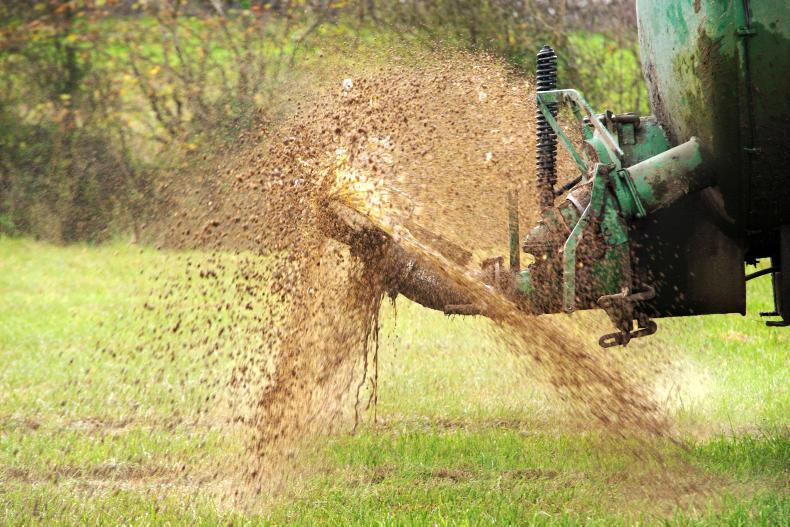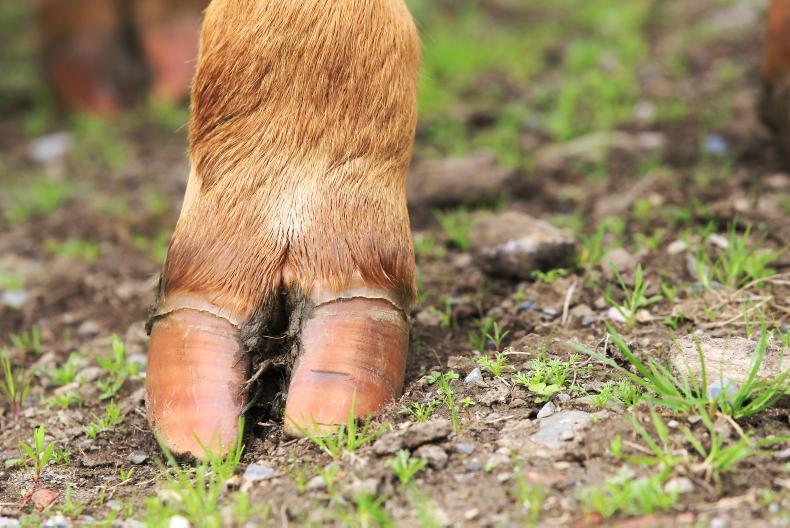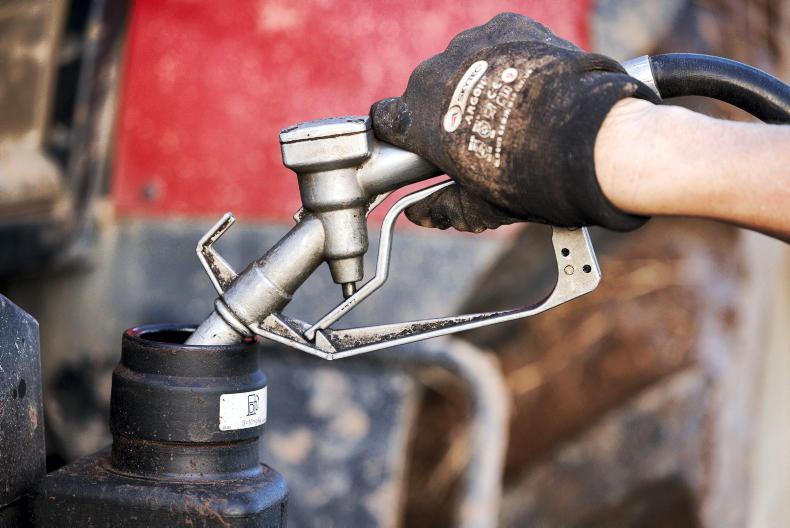Farmers will soon be allowed to spread organic slurry and chemical fertiliser. From 13 January, farmers in Zone A can spread fertilisers. This zone includes counties Carlow, Cork, Dublin, Kildare, Kilkenny, Laois, Offaly, Tipperary, Waterford, Wexford and Wicklow.
For farmers in Zone B, they can begin spreading organic and chemical fertilisers again from 16 January. Zone B includes counties Clare, Galway, Kerry, Limerick, Longford, Louth, Mayo, Meath, Roscommon, Sligo and Westmeath.
Farmers in Zone C – Donegal, Leitrim, Cavan and Monaghan – can spread fertilisers from 1 February.
The mild weather and great ground conditions are making it very tempting to spread slurry now.
However, farmers who spread slurry or chemical fertiliser during the closed period risk a penalty to their Basic Payment Scheme if they are found to be breaching the regulations.
Farmers also need to take extreme caution agitating slurry. There is very little air movement these days, which can compound the risk posed by slurry gas.
If the job can be put off until a more suitable day, then do so.
Lime and fertilisers
Lime spreading is still being carried out around the country as farmers take advantage of the opportunity to get it out where it is needed.
With lime, slurry and urea potentially being spread in close proximity time-wise, farmers should be aware of the consequences.
The type of nitrogen in slurry and urea is ammonical-N and is prone to loss if applied to freshly limed soils.
To avoid N loss, it is recommended to wait three months after liming before applying urea or slurry.
There is no issue with CAN applications after lime.
On the other hand it is recommended to wait 10 days after slurry or urea application before applying lime.
Before making any chemical fertiliser, organic slurry or lime applications, it would be a good idea to get a soil test carried out.
A soil test will give you an up-to-date assessment of soil fertility to pinpoint paddocks that need attention.









SHARING OPTIONS